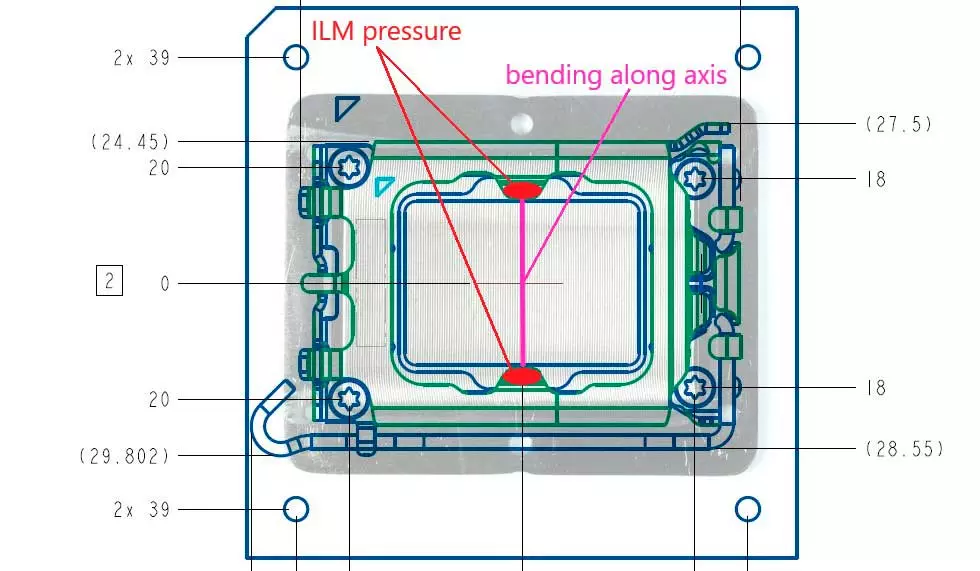
You may have wondered why there are motherboards for Intel processors and motherboards for AMD processors if they are made by the same manufacturers in the same factories and with the same quality and performance standards. The answer is quite simple and short at first, but it extends a bit more if we take into account the point of view of architecture. Why can’t processors from both companies be installed in the same company? motherboard?
Well, it is a great question, and it is not that there is no answer, it is that there are contracts and provisions that do not allow this fact, that is why the issue of the exchange of processors is something that could be valued on the table and that, curiously, will never happen .
One motherboard, two different options, why will it never happen?
Being able to install an AMD processor on an Intel motherboard or an Intel processor on an AMD motherboard is not something that will happen, it has never happened in history and it will not happen, you can be sure. The main reason is that legally it is not allowed. Intel and AMD cover their backs with clauses so that no manufacturer type asrock for launching a board with two different sockets in an attempt to take over the market.
But this is also really complicated to manufacture. It involves bending the internal electrical connections to two systems that manage the voltages in completely opposite ways and in addition, the management of RAM memory is also different despite the fact that they can use the same slots. If we talk about the physical section, logically, no socket from AMD or Intel is similar. That requires the installation of two of them, because neither CPU has neither the shape nor the pinout of the other, not to mention the LGA vs PGA issue.
Architecture and the lithographic node, the final nail in the coffin
We cannot forget that the shape of the processors and therefore of the socket that houses them is given by architecture and lithographic node requirements. If we start from a monodie architecture with a large number of cores in its maximum configuration, the PCBsthe substrate or the interposer that houses them will generally have a larger size than with the passing of generations and despite the fact that the node accompanies by density, it usually makes the processors larger.
In addition, if, as is happening now, Intel continues with monodie and AMD continues with MCM, the internal layout of the components, chiplets and resistors will be totally different, different pinouts and therefore in the end they are two concepts that look like an orange to a pear: they are fruits, but they have little else to do.
Therefore, given the current enclave of Intel with monolithic processors and heterogeneous architecture, with a large rectangular design and a higher pinout than AMD, we will never be able to install a Blue Team processor on an AM4 motherboard. They don’t even have the same type of pins! So you better not even try it, since it’s like trying to fit a square into a triangle.





